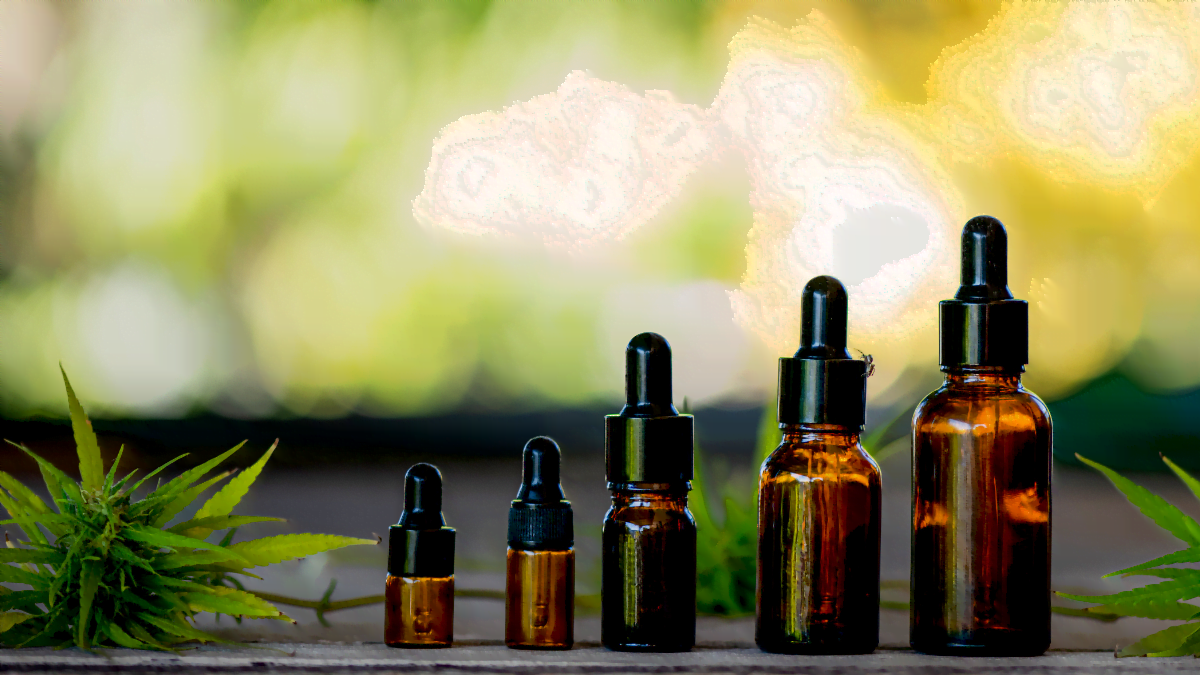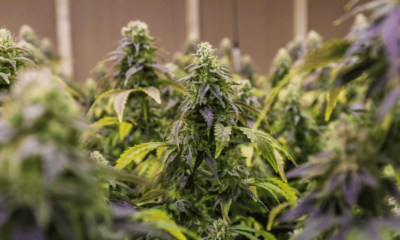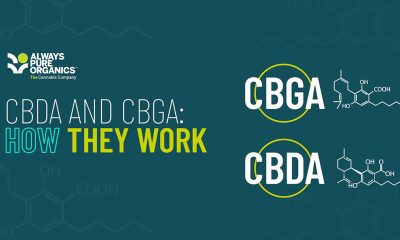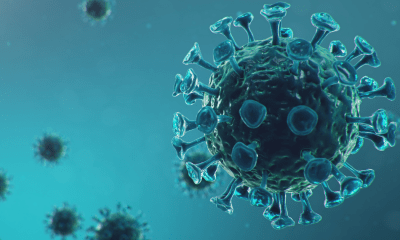New studies have shown the exciting health potential for lesser-known cannabinoids such as CBDA.
The release of two recent studies examining cannabinoids and Covid has led to a lot of speculation about the role they may play in our health.
Cannabinoids such as CBD are well known for their health benefits especially when it comes to anxiety, skincare and sleep issues. But could the benefits of CBDA be different from CBD?
First, let’s examine what CBDA is and where it comes from.
What is CBDA?
Cannabidiolic acid is another cannabinoid found in the cannabis plant. It converts to CBD once exposed to high levels of heat over time. All cannabinoids, including CBDA, come from the ‘mother of all cannabinoids’ CBGA.
Decarboxylation occurs when you expose the plant to heat from either an artificial (lamp) or natural (sun) source. Vaping or smoking will cause instantly decarboxylase cannabinoids due to their heat. CBDA is often found in plants that have been bred to have high-CBD levels.
Although most brands stick with CBD, there are an increasing amount of companies opting to add cannabinoids such as CBDA to their products.
How does CBDA work in the body?
Confusingly, CBDA works in a different way to CBD but both influence the endocannabinoid system.
Our endocannabinoid system regulates different functions in the body such as sleep, mood, appetite and memory. It is made up of receptors, enzymes and endocannabinoids.
Endocannabinoid receptors are found naturally all over the body. There are two major receptors called CB1 and CB2.
CB1 is usually found in the central nervous system, while CB2 is found in the peripheral nervous system. Endocannabinoids bind to the receptors to help with different problems such as pain. It is not fully understood how cannabinoids bind with receptors. CBD interacts with these receptors to help with pain, anxiety or inflammation.
Instead of our CBD1 and CB2 receptors, CBDA interacts with enzymes such as cyclooxygenase-2 (COX-2). Enzymes break down the endocannabinoids once they are no longer needed. CBDA inhibits the cyclooxygenase-2 (COX-2) enzyme which causes inflammation and pain. This is why CBDA may have slightly different effects to CBDA.

What are the health benefits?
Depression
Serotonin is a hormone that stabilises our mood, feelings of well-being, and happiness. In one study, CBDA was found to potentially affect the levels of serotonin produced in the nerve cells. In comparison with CBD, the animal study revealed that CBDA may interact more with our 5-HT1A receptors (serotonin) making it potentially more effective for conditions such as depression.
Anti-inflammatory
CBD is considered to have great anti-inflammatory properties. In one study, researchers took the molecular structure of CBDA and compared it to non-steroidal anti-inflammatory drugs. The results showed that both were able to inhibit COX-2 receptors which reduces inflammation. This could make it a perfect ingredient for topical skincare products aimed at muscle pain.
Bioavailability
A huge benefit of CBDA is its potential for greater bioabsorption.
CBD has low oral bioavailability which can vary depending on the method used to take it. Some methods can have higher bioabsorption, such as vaping, than others such as capsules or oral drops. A study revealed that CBDA may be able to reach the blood in greater quantities than CBD could.
The greater bioabsorption may mean that it can get to work faster for those who need it.
Nausea
A study showed that the interaction with our H-T3S receptors may mean less vomiting or nausea. Nausea can be a huge side effect of some medications and chemotherapy. Chemotherapy can trigger the body to release excess serotonin which can cause nausea. CBDA may bind to these receptors causing them to balance and reduce the nauseous feelings.
Motion sickness
Another study on nausea revealed it may be a good cure for motion sickness. The study which was conducted on animals, not humans showed that CBDA suppressed signs of nausea in rats and inhibited toxin and motion-induced vomiting in shrews. CBD in comparison was only able to suppress toxin-related vomiting. Although more studies are needed on humans.
COVID recovery
A new study has identified compounds in hemp that may have the ability to help prevent Covid-19. It revealed that the compounds cannabigerolic acid (CBGA) and cannabidiolic acid (CBDA), may have the ability to prevent the virus that causes Covid-19 from entering human cells.
Researchers found that a pair of cannabinoid acids bind to the SARS-CoV-2 spike protein, blocking a step in the process the virus takes for infection. Although, they stressed that this is in high doses, needs more research and should be combined with vaccines.
What is the best way to take CBDA?
There is no right or wrong way to take CBDA. It can be as simple as finding a method that fits into your life such as making oils a part of your breakfast routine or edibles with your afternoon coffee. CBDA is not as widely available as CBD so it may be trickier to find a product you like.
Vaping is one of the quickest ways to get a dose of CBDA into the system. The e-liquid is heated in a vape device before being turned to vapour. The CBDA vapour is then inhaled into the lungs and absorbed into the bloodstream. As it does not have to break down by the liver, it can get to work quickly.
Oil is another fast way to absorb a dose of CBDA. Oil bottles often come with a dropper that controls the amount of the product you use. Squeeze as many drops as needed under your tongue before holding for a minute. It can be swallowed after that as the CBDA should have been absorbed through the mouth tissues.
Edibles or gummies are one of the slower ways to absorb CBD. The body has to pass the food through the digestive system first before it is broken down and absorbed. There is also a significant amount of CBDA lost in this system.


 News6 months ago
News6 months ago
 Science5 months ago
Science5 months ago
 Industry6 months ago
Industry6 months ago
 News6 months ago
News6 months ago
 News5 months ago
News5 months ago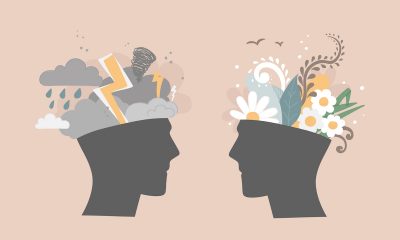
 Health4 months ago
Health4 months ago
 News5 months ago
News5 months ago
 Health3 months ago
Health3 months ago